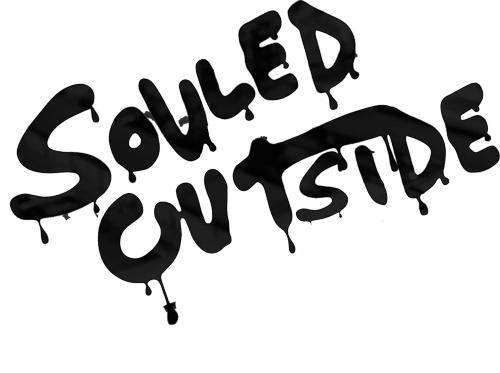The valley lies in the shadow of the Black Mountains. Its name is Death.
If you go there, your skin will scorch. You will roast in the triple digit sun. You will look for desolation, and you will find…life. You will find life in the last place you’re likely to look for it.
The dusty outpost of Panamint Springs is home to a small collection of trailer homes and a rusty gas station that will sell you a gallon of regular for $4.14. If you’re nice, they’ll run your Visa via satellite to save you a little scratch at the ATM. And if you’re smart, you’ll use those savings to buy a candy bar and an iced tea, then…you’ll hit the road.
Just outside of town, on the very edge of Death Valley National Park, you’ll find a broad meadow filled with Joshua Trees. Somewhere in that meadow—not far from the only highway you’ll find—is the tree made famous by U2’s 1987 album of the same name. And though the Joshua Tree finally crashed to the ground about 15 years ago, the area on the park’s edge is filled with hundreds of its towering brothers and sisters.
Joshua Trees, by the way, go by another name: The Tree of Life.
These strange, gnarly trees are famed for persistence in the dry, deadly desert. They bring life where none should be found. Some live to the ripe age of a thousand years.

Farther down the line, when your candy bar is just a memory, you’ll round the bend to Tatooine, officially, the Mesquite Sand Dunes. No Irish rock trees here—just a bunch of sand blowing in the wind. Still, jutting from the ever-changing maze of dunes, you’ll find life: shrubs and bugs and reptiles and crows picking their way through the sand in a daily grind for life.
The altitude here is 100 feet below sea level—more than 12,000 feet below Trail Camp at Mount Whitney—yet, life carries on.

If you follow the blacktop for about 20 miles past the dunes and several more beyond the Devil’s Golf Course, you’ll descend to the lowest place in North America: the Badwater Basin.
At 282 feet below sea level, Badwater Basin is one of the most inhospitable places on the planet; only a handful of others can lay claim to being more arid and farther down. A small spring of foul water rests near a shallow parking lot. The soil here cracks and crunches under your feet. Calcite, gypsum and borax pepper the valley floor, which consists mostly of table salt. For 200 miles, these salt flats criss-cross the desert floor for as far as the eye can see.
Temperatures in August average 114 degrees. Tourists and microbes and a special kind of fish that only thrives in the salty, spring-fed pool live here.
Even here, there is life.
The trip through Death Valley was short, but the story of Death Valley is timeless. In the early morning hours, before I ever arrived at the rusty gas station at Panamint Springs, I made another roadside pit stop. This was at a place far more haunting than the valley called Death; it was at Manzanar War Relocation Center.

It was there, on the side of a California highway, that the U.S. government detained its own citizens during World War II. Their only crime? Being of Japanese descent.
Manzanar is mostly gone now. Some barracks and a few miles of barbed wire remain to tell its tale. A lone guard tower stands watch over the old baseball field, hovering over our nation’s past-time in a tragic reminder that freedom is rarely free.
In a day of haunting places, Manzanar is the real terror. The American citizens sent here were stripped of their identities, their property and their pride. Yet, even here there were signs that life once had hope.
Carefully placed in the center of the old town square was a plant—a proud Joshua Tree.










